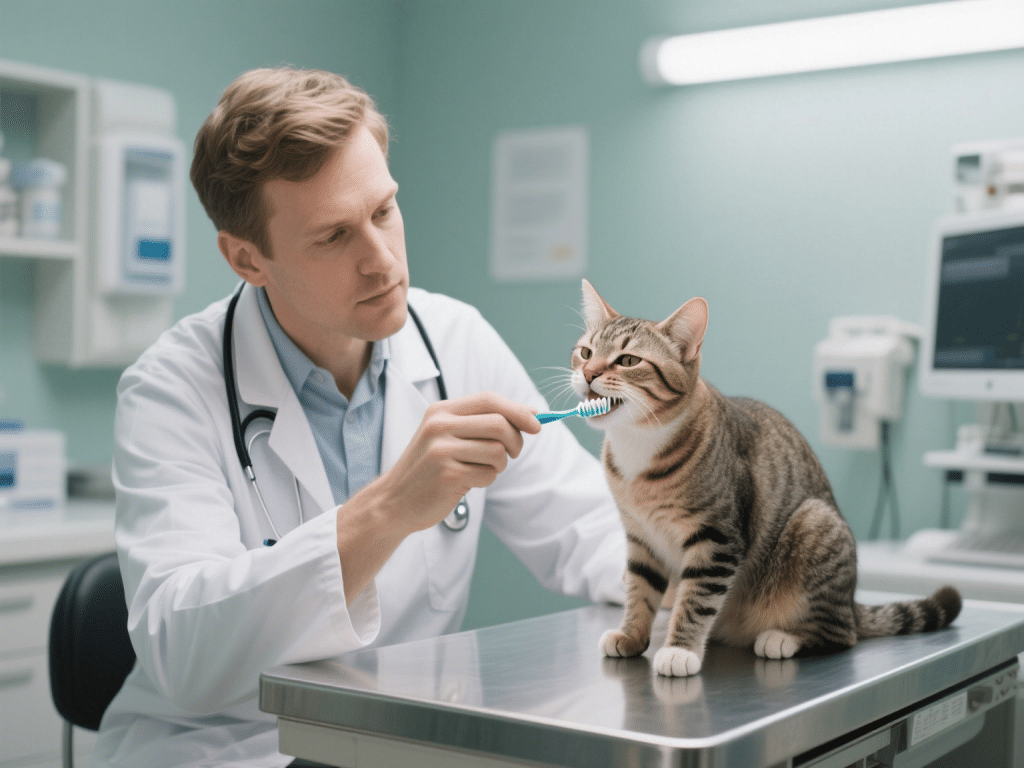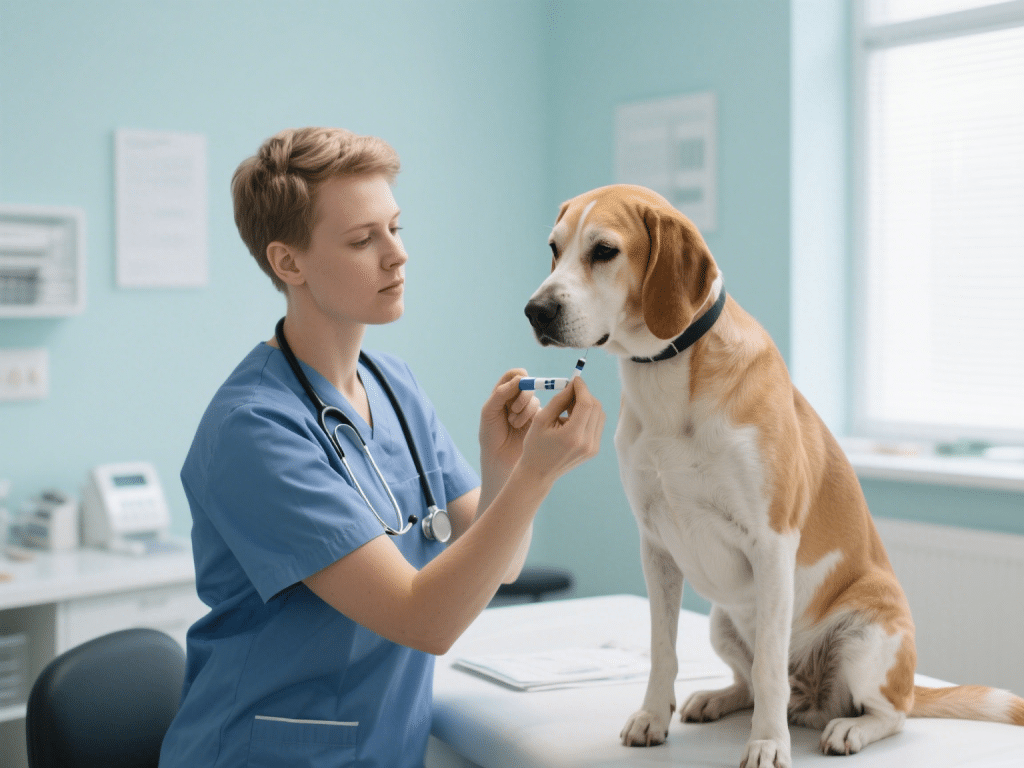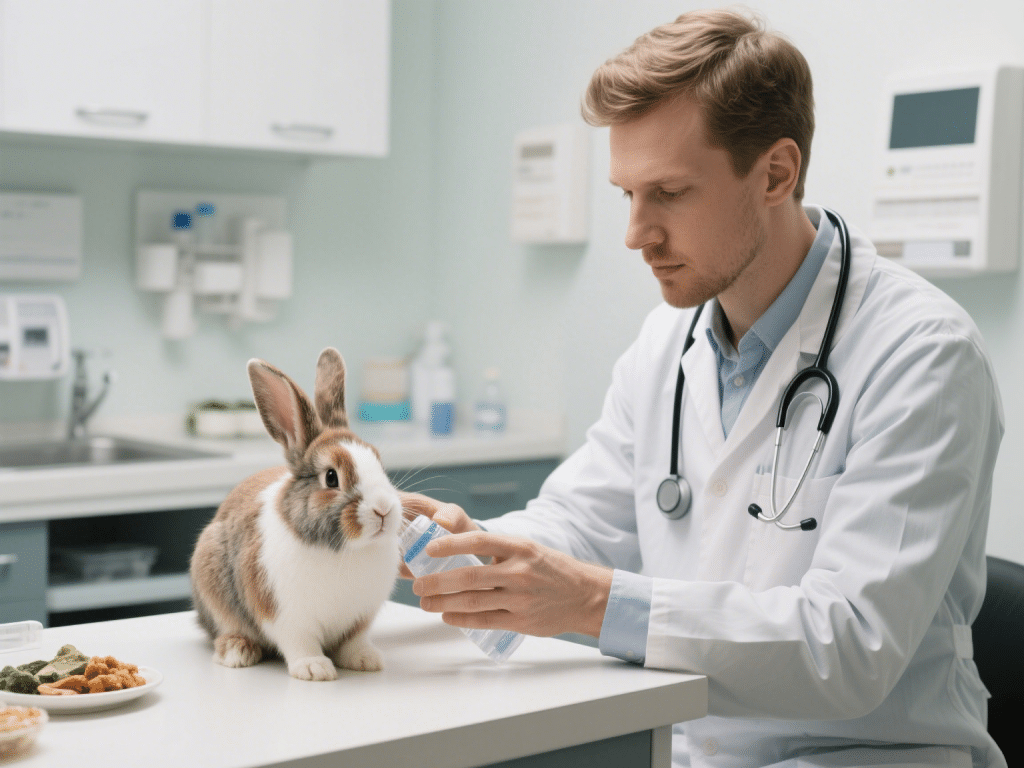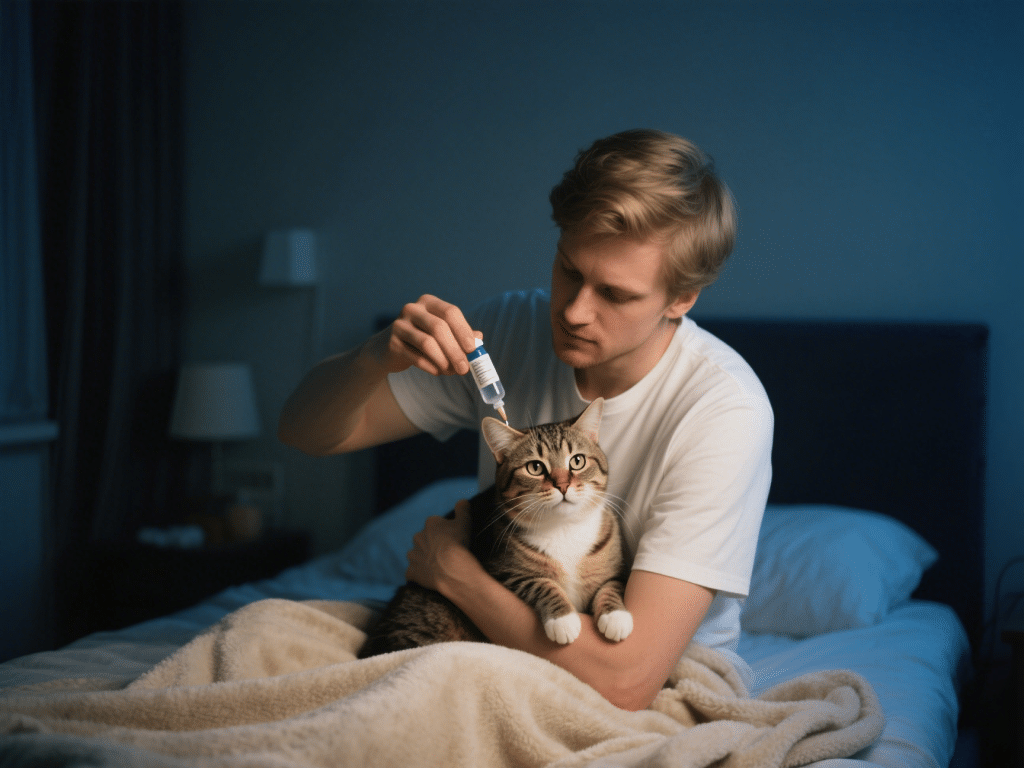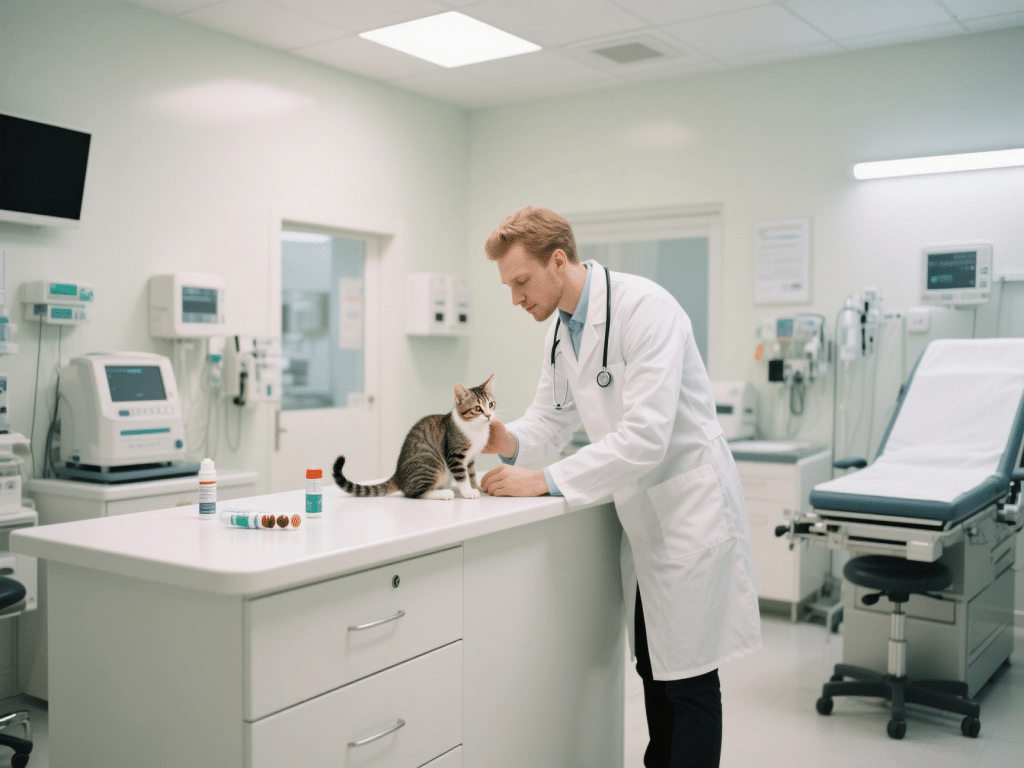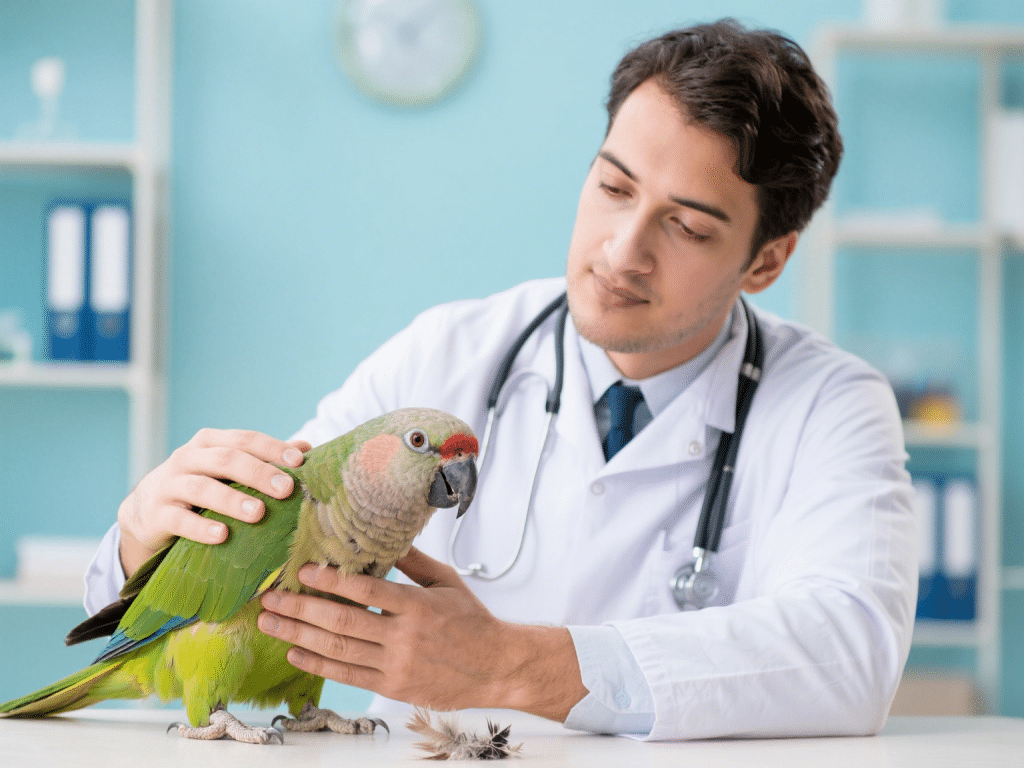
Introduction
Feather plucking is a serious issue often rooted in medical, behavioral, or environmental problems. Addressing the underlying cause and providing proper care support feather regrowth and prevent recurrence. This guide outlines a multifaceted approach for recovery.
1. Identifying Underlying Causes
Medical Conditions: Skin infections, parasites (mites), allergies, or nutritional deficiencies can trigger plucking.
Psychological Stress: Boredom, loneliness, or anxiety due to lack of mental stimulation or changes in routine.
Environmental Triggers: Inadequate cage size, improper lighting, incorrect humidity, or draft exposure.
2. Veterinary Assessment
Comprehensive Exam: Schedule an avian checkup, including skin scrapings, blood work, and feather analysis to rule out infections or systemic conditions.
Parasite Control: If mites or lice are detected, follow vet-prescribed antiparasitic treatments.
Nutritional Evaluation: Blood tests to identify vitamin or mineral deficiencies; adjust diet to include essential nutrients (vitamin A, omega-3 fatty acids).
3. Creating a Healing Environment
Cage Setup: Provide a spacious cage at least 1.5 times the bird’s wingspan in width, with varied perch sizes and textures to encourage movement.
Optimal Lighting & Humidity: Use full-spectrum lighting for 10–12 hours daily; maintain humidity between 50–60% to prevent dry skin.
Placement: Keep the cage in a quiet, low-traffic area away from drafts, direct sun, and kitchen fumes (Teflon smoke is toxic).
4. Behavioral Enrichment
Social Interaction: Spend 1–2 hours daily with your bird—talking, hand-feeding, and supervised out-of-cage time to reduce loneliness.
Foraging Toys: Introduce puzzle feeders and shreddable toys to stimulate natural foraging behavior and distract from plucking.
Training Sessions: Teach simple commands (step-up, turn-around) using clicker training and treats to build confidence and reduce stress.
5. Nutritional Support
Balanced Diet: Offer high-quality pelleted food supplemented with fresh fruits, vegetables, and nuts; avoid seeds-only diets.
Supplements: Under veterinary guidance, add omega-3 fatty acids (flaxseed or fish oil) and vitamin A-rich foods (carrots, sweet potato) to promote skin and feather health.
Hydration: Provide fresh water daily and consider a shallow bird bath or gentle misting to encourage preening without irritation.
6. Medical Interventions
Topical Treatments: Apply vet-prescribed antibiotic or antifungal ointments to infected or irritated skin spots.
Behavioral Therapy: Consult an avian behaviorist for customized plans to address stress-related plucking; may include desensitization exercises.
Anxiety Supplements: Some veterinarians recommend L-theanine or melatonin under supervision to alleviate anxiety.
7. Monitoring & Long-Term Care
Feather Regrowth Tracking: Take weekly photos to monitor pin feather growth and overall plumage improvement.
Weight Checks: Record weight weekly; sudden weight loss may indicate ongoing stress or illness.
Consistent Routine: Maintain predictable feeding, play, and sleep schedules to reduce anxiety triggers.
Conclusion
Recovery from feather plucking requires addressing medical, environmental, and behavioral factors. By working closely with an avian vet, enriching the bird’s environment, and providing targeted nutritional support, you encourage feather regrowth and long-term well-being. Patience, observation, and consistent care are key to restoring your bird’s healthy plumage.

